
Yoron
Slow travel on Amami’s ancient island
Debarking on the tiny island of Yoron is much like the scene in the film Megane, where a dumbfounded Taeko awakes to find a spectacled elderly woman kneeling calmly by her futon in the early morning sunlight. “Good morning,” the spectacled woman smiles. And so Taeko’s island awakening begins.
For big-city dwellers like Taeko and me, Yoron is an escape to a different pace of life, an invitation to live in the moment and to savor it. As the southernmost destination in the Amami archipelago, Yoron is the romantic last frontier before the big tourism hotspot of Okinawa. This modestly sized island of 20 square kilometers and a population of 5,000 also provides the perfect opportunity for slow travel, ideally by bicycle.
Unless you bring your own bike, the bicycles you find here will not be sleek road racers, rugged mountain bikes, or smart urban hybrids, just single-speed mamacharis with functional metal baskets and thick tires. And yet, moving along on island time, they do the job perfectly.
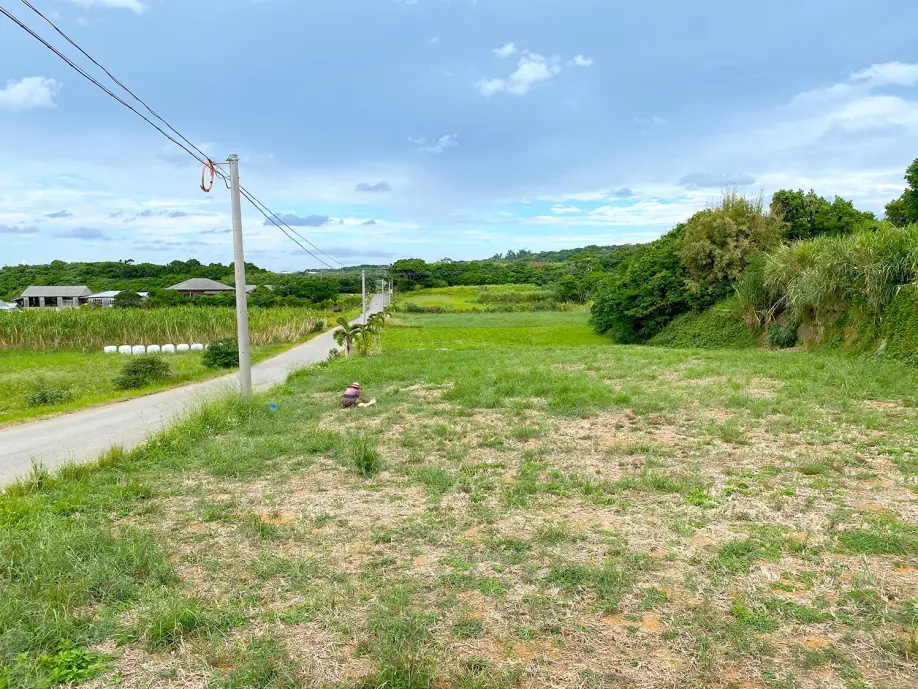
As I cycle slowly inland, I realize how much Yoron is still very much an agricultural island at heart. Narrow country roads through open farmlands are infused with the rural smells and sounds of cows, as startled locusts leap into dense crops. A brightly colored pheasant squats in a garden while soaring kestrels chirp excitedly overhead. When I pause to check the map, an elderly woman busy at work in a large clearing looks up, smiles and waves, then quietly returns to her task in the field.
I end up walking the bicycle up a winding uphill path to the castle ruins, flanked by giant black butterflies and blooming hibiscus. It levels out into a rural residential neighborhood, where I can hear the distant beat of eisa, the traditional peaceful drumming and dancing of Ryukyu culture. The panoramic view from the top of the hill, the highest point on the island at 100 meters above sea level, is instantly rewarding.

The original Yoron Castle was built in the early fifteenth century, ruled by the Hokuzan kingdom of Ryukyu. The castle itself was incomplete, but you can still see its stone walls, erected between 1405 and 1416, to form the elongated body of a dragon. Ancient cycads add to the medieval anachronism. The castle grounds include Jishu Shrine, honoring the primitive gods of Yoron, and Kotohira Shrine, where the seasonal “Yoron 15 Night Dance” takes place under the full moon.
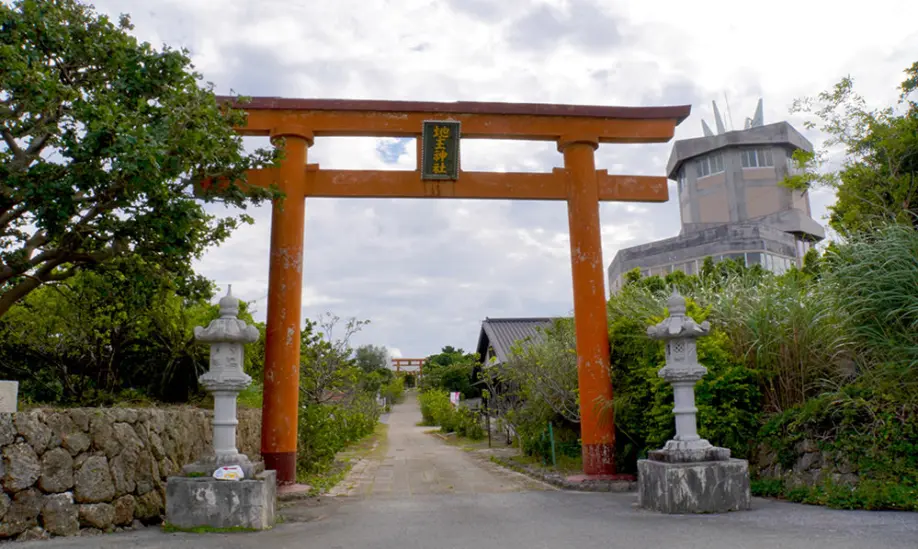
The site’s main tourist attraction is the five-story Southern Cross Center, so-named because it is the northernmost place in Japan where the Southern Cross constellation can be observed on a clear night. The spiraling structure also serves as the head of the royal dragon. On a clear day, you can easily gaze across the sea at Okinawa’s northern Cape Hedo, just 23 kilometers away, from the top floor of the observatory. Walk around 360 degrees to appreciate Yoron’s relative proximity to the neighboring islands of Okinoerabujima and Tokunoshima to the northeast, and Izenajima to the southwest.
The different floors of the octagonal tower present Yoron’s natural biodiversity, Ryukyu island culture, history, and crafts through handmade tools, pottery, fabrics, costumes, Showa-era archival photographs, butterfly species, and other artifacts. There is even the original tricycle from Megane, the cult film shot on Yoron island, which was the first Japanese film to win the Salzgeber Prize at the Berlin International Film Festival in 2008.


It’s pretty much downhill and flat riding along more country roads from the castle ruins to the island’s far southeastern end. When I pull over into the shade to check the map, my obvious disorientation attracts the curiosity of two elderly ladies resting together on chairs set outside with their leashed dogs, near a lazily sunbathing cat. I seize the opportunity to inquire about the general whereabouts of Yoron Folk Village, the island’s other main cultural tourist attraction. “Straight ahead,” they gesture with contented smiles.

The privately restored Yoron village is nestled inside a subtropical garden at the end of a winding path off the main road to Akasaki beach. When I arrive, Kiku Hidefumi, the passionate guide of the Kiku family-owned folk village, is already introducing the different relics and samples of Yoron’s bygone way of life, before the arrival of electric appliances and other modern conveniences in the 1950s. Displayed inside restored traditional houses and kitchen huts with conical thatched roofs are woodworking tools and toys, including the popular hollow pillows, which cradle your head at just the right height, insect figures made from cycad leaves, pinwheels and hair ornaments made from adan palm leaves, and textiles woven from Basho plant fiber.

Around the corner, behind an extensive collection of deep clay jugs, stands a rare Ryukyu red-tiled house, complete with open-mouthed shisa lion-dog on the rooftop to ward off evil spirits. The roof structure rests on pillars of whole cedar tree trunks, while different woods are used for the floor, doors, and walls. Right in front, Kiku-san shows us how to polish an old copper ten-yen coin using the fresh clovers growing underfoot.


On the other side of the garden is a long metal contraption that was used to make brown sugar from squeezed sugar cane stalks. In the early twentieth century, before Yoron’s agricultural industry was supported by sugar factories, this “sugar car” was powered by an ox.
Peddling off on my own ox-like mechanical bicycle, I contemplate the benefits of Yoron’s once self-sufficient insular community lifestyle: using all local and natural materials for daily necessities, preparing and eating slow food, and generally living a healthier life. Similarly, in these pandemic times, the islanders are very much aware of the coronavirus threat posed by the arrival of outsiders, and they make conscientious efforts to ensure safe hygiene standards in all public places.
Just a few minutes away from the village lies the underground Akasaki limestone cave, discovered in 1965. As limestone is composed mainly of calcium carbonate, the carbon dioxide mixes with rainwater to form carbonic acid, which gradually dissolves the limestone along the rock’s crevices, creating caves over a long period of time. Yoron’s Akasaki limestone cave is estimated to be around 10,000 years old.

I descend a steep stone staircase into a well-lit cavern and tread carefully under the infinitely jagged ceiling. Slowly dripping stalactites of all lengths form strange mineral sculptures in this surreal lair. One spot is marked by a small red shrine for good health, free from illness, dedicated to excavated human bones that date back 800 years.

Humbled by these geological and archaeological ages, I relish the long ride back across the island into a fiery pink and orange sunset, passing through the town of Chabana on my way to the peaceful Pricia resort on the west coast of Yoron.
Above the restaurant is a platform with a view of the ocean and the stars, twinkling at me from many light-years away. I sit back, look up, and savor the moment on this ancient island.
Yoron Castle Ruins
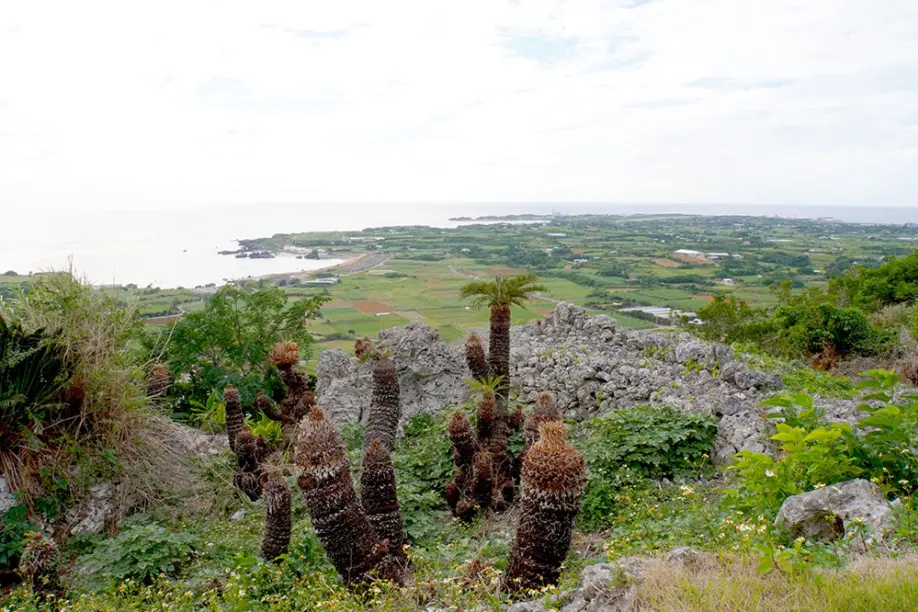
Southern Cross Center

Yoron Folk Village
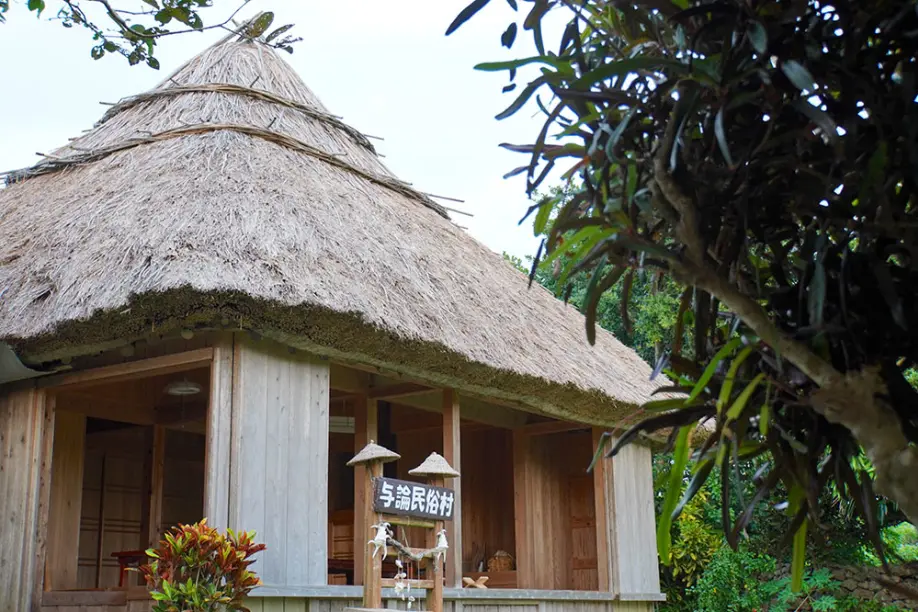
Akasaki Limestone Cave

Yoron by bike

Pricia resort

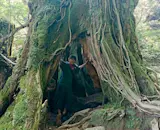
Cherise Fong
Originally from San Francisco, I arrived in Tokyo with my bike and my backpack one rainy day in summer. Since then, I travel through the archipelago by bicycle, train and boat, often to the rhythm of taiko and shinobue, always looking for new paths and unique perspectives.
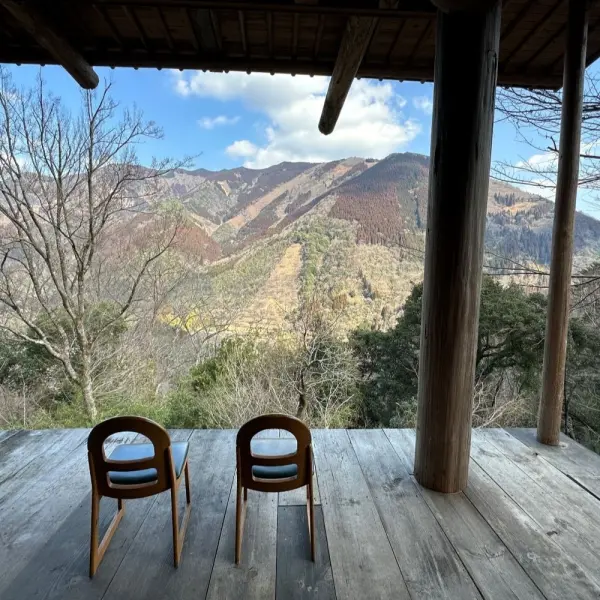 Traditional Life in Shiiba Village, Kyushu’s Secret Hideaway
Traditional Life in Shiiba Village, Kyushu’s Secret Hideaway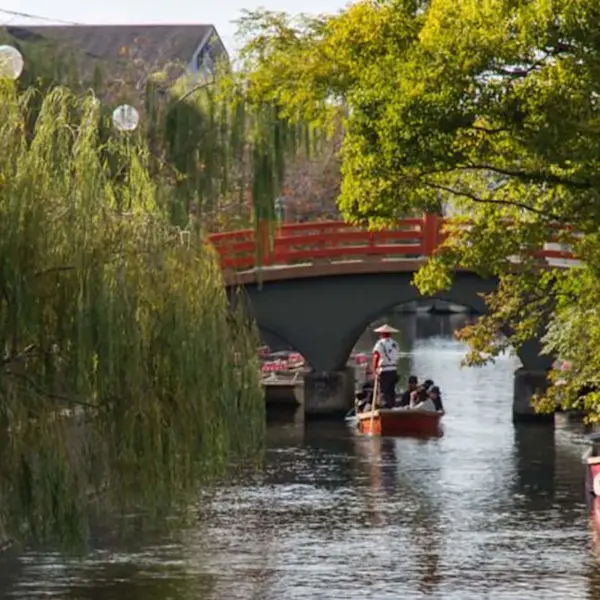 Follow the Canals: The Humble Beauty of Yanagawa
Follow the Canals: The Humble Beauty of Yanagawa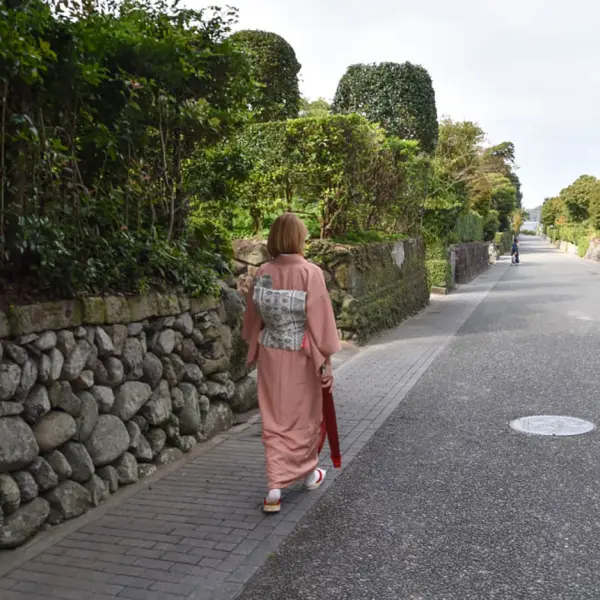 Visit one of Japan's largest samurai residences in Izumi
Visit one of Japan's largest samurai residences in Izumi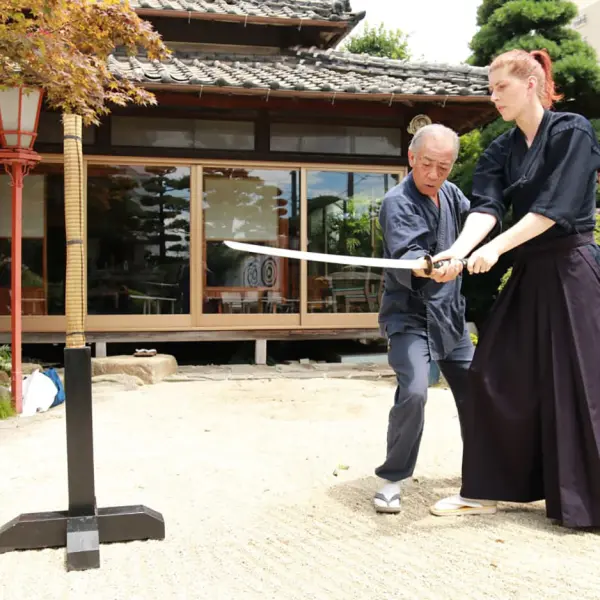 Katana Training & Omuta Exploration
Katana Training & Omuta Exploration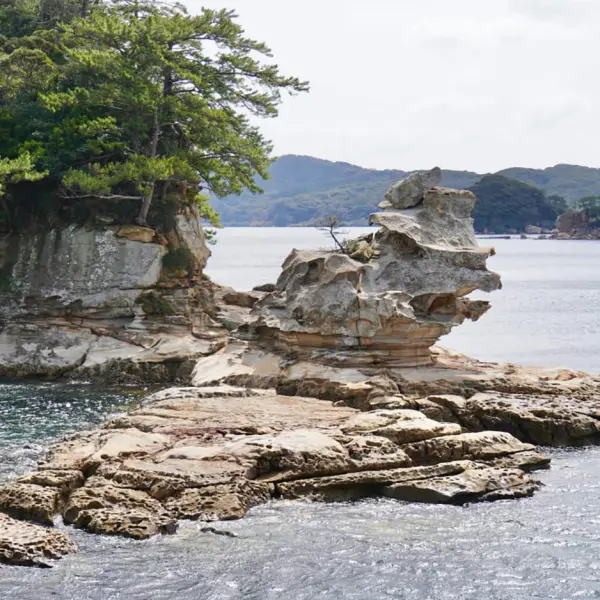 99 Islands and a Mouthful of History in Sasebo
99 Islands and a Mouthful of History in Sasebo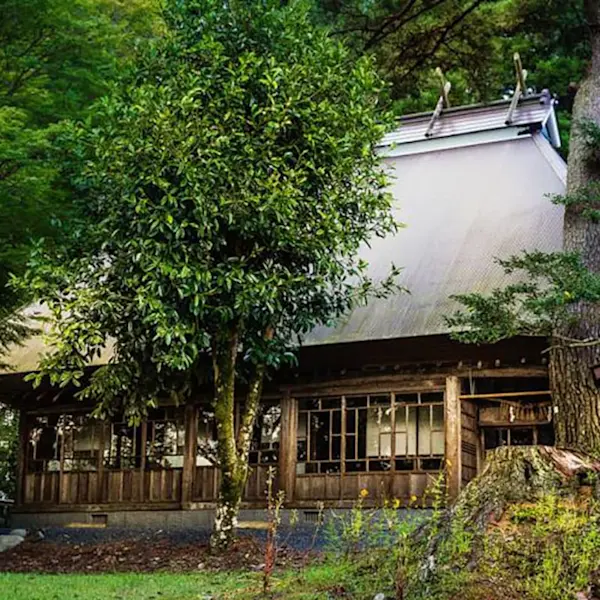 Takachiho: Explorations of a mystical land
Takachiho: Explorations of a mystical land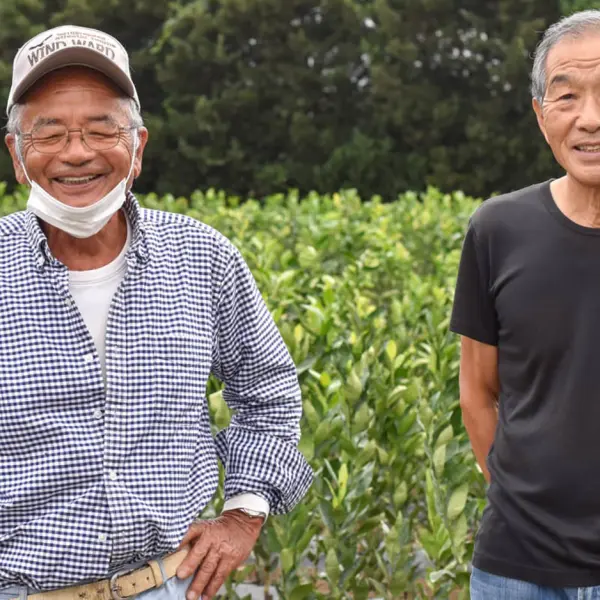 Meet the Locals at a Japan Farm Stay at Kagoshima
Meet the Locals at a Japan Farm Stay at Kagoshima Amami Oshima: Gorgeous island steeped in history
Amami Oshima: Gorgeous island steeped in history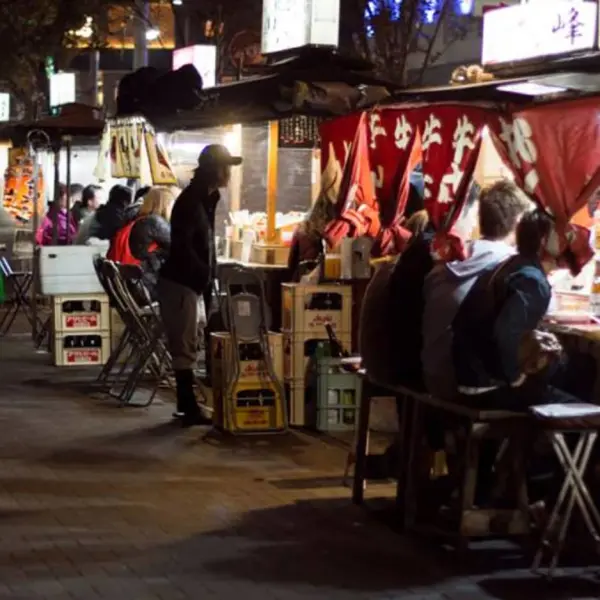 Yatai in Fukuoka: Sitting at the Counter with History
Yatai in Fukuoka: Sitting at the Counter with History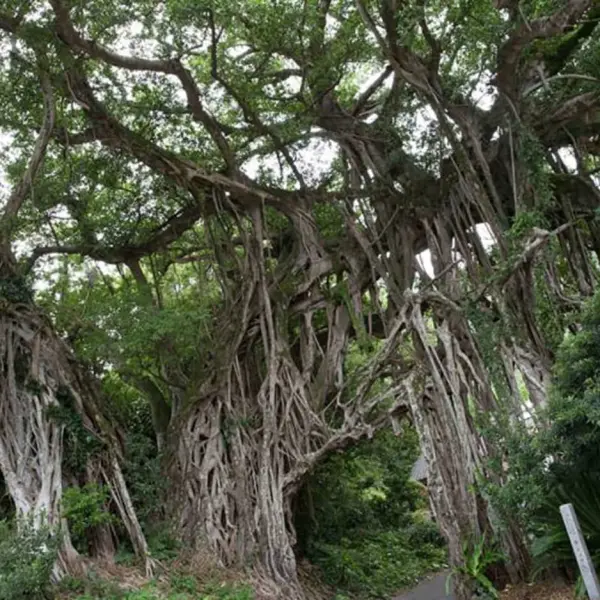 Yakushima: Feeling the Island
Yakushima: Feeling the Island




